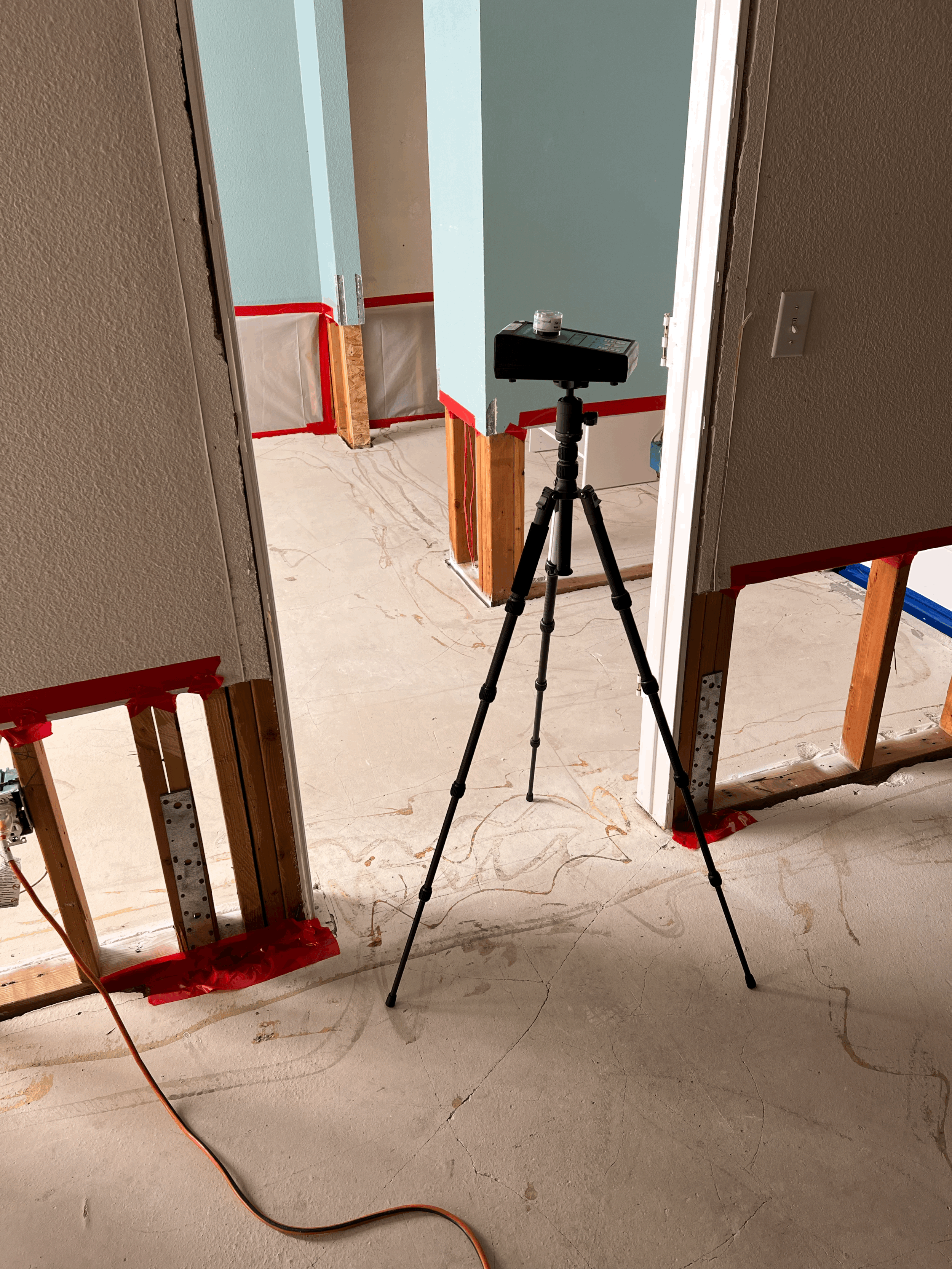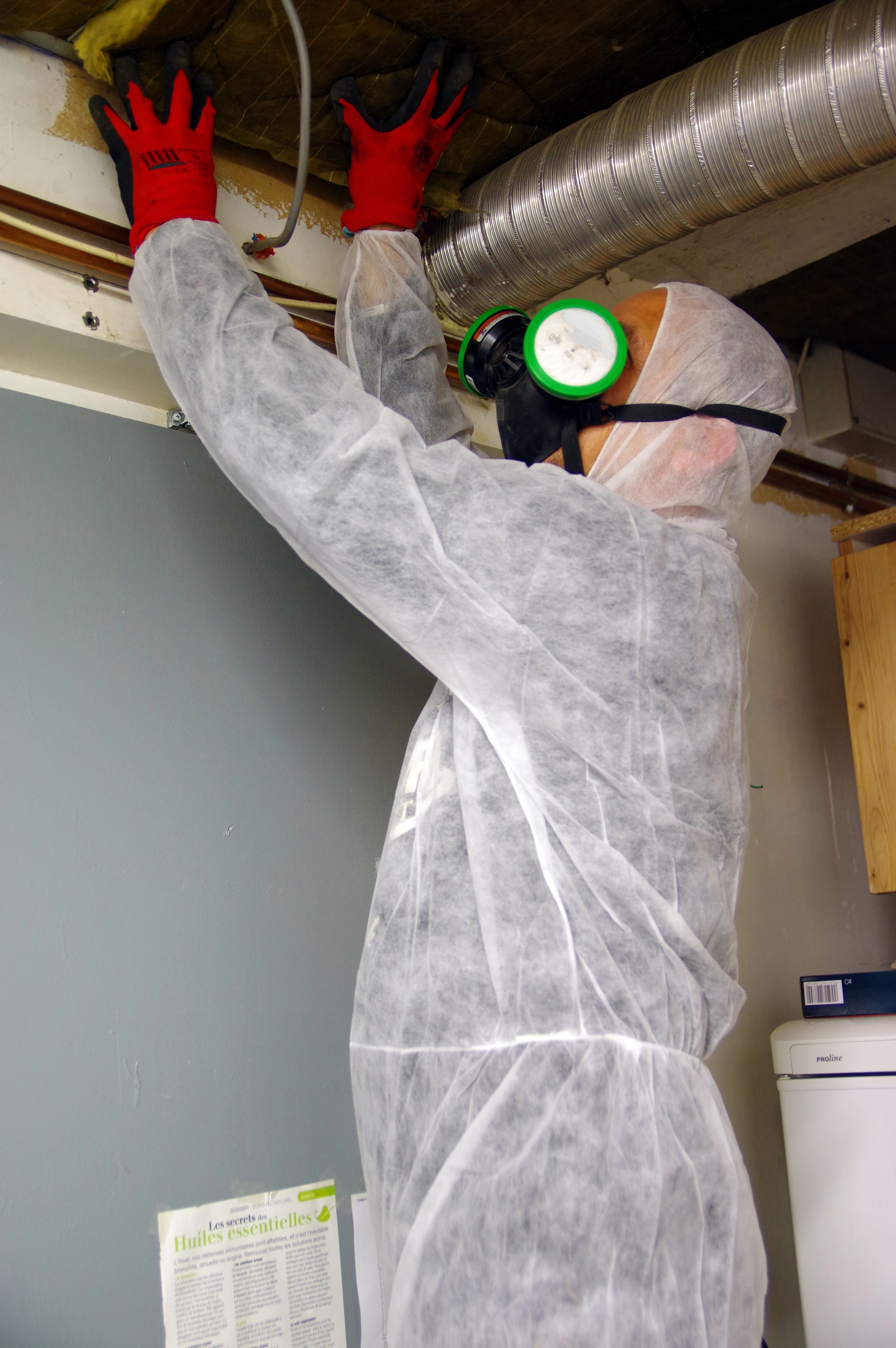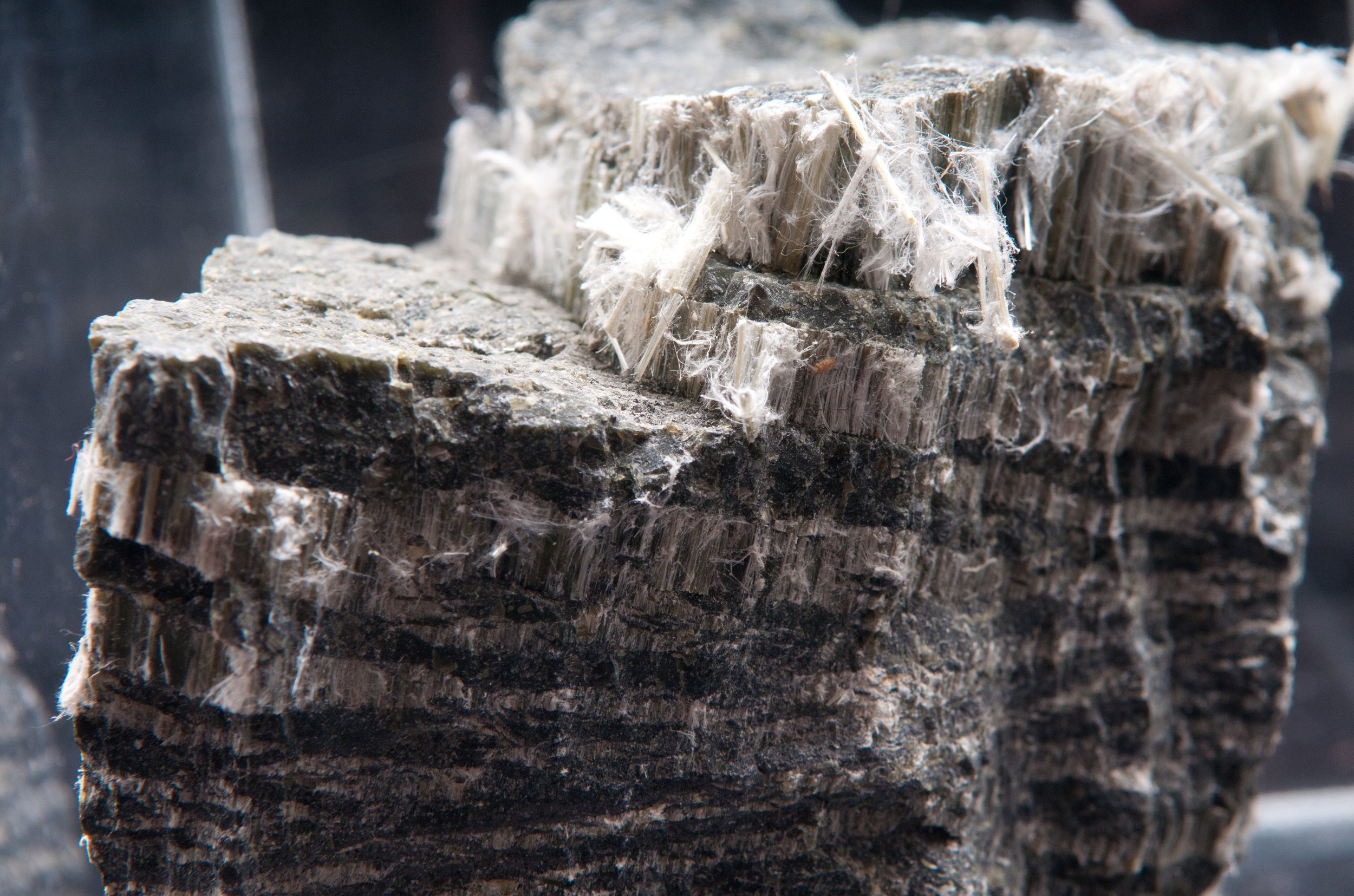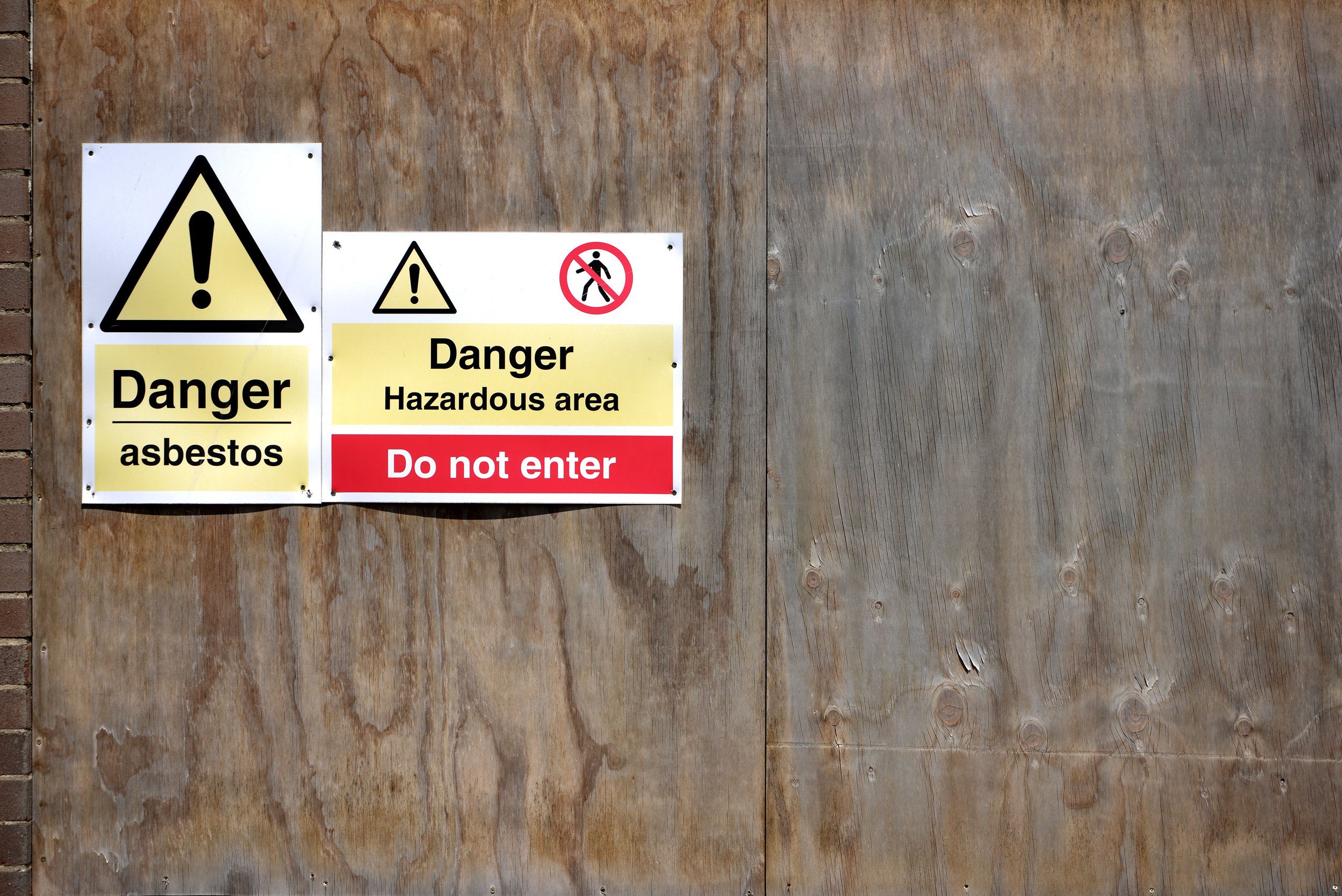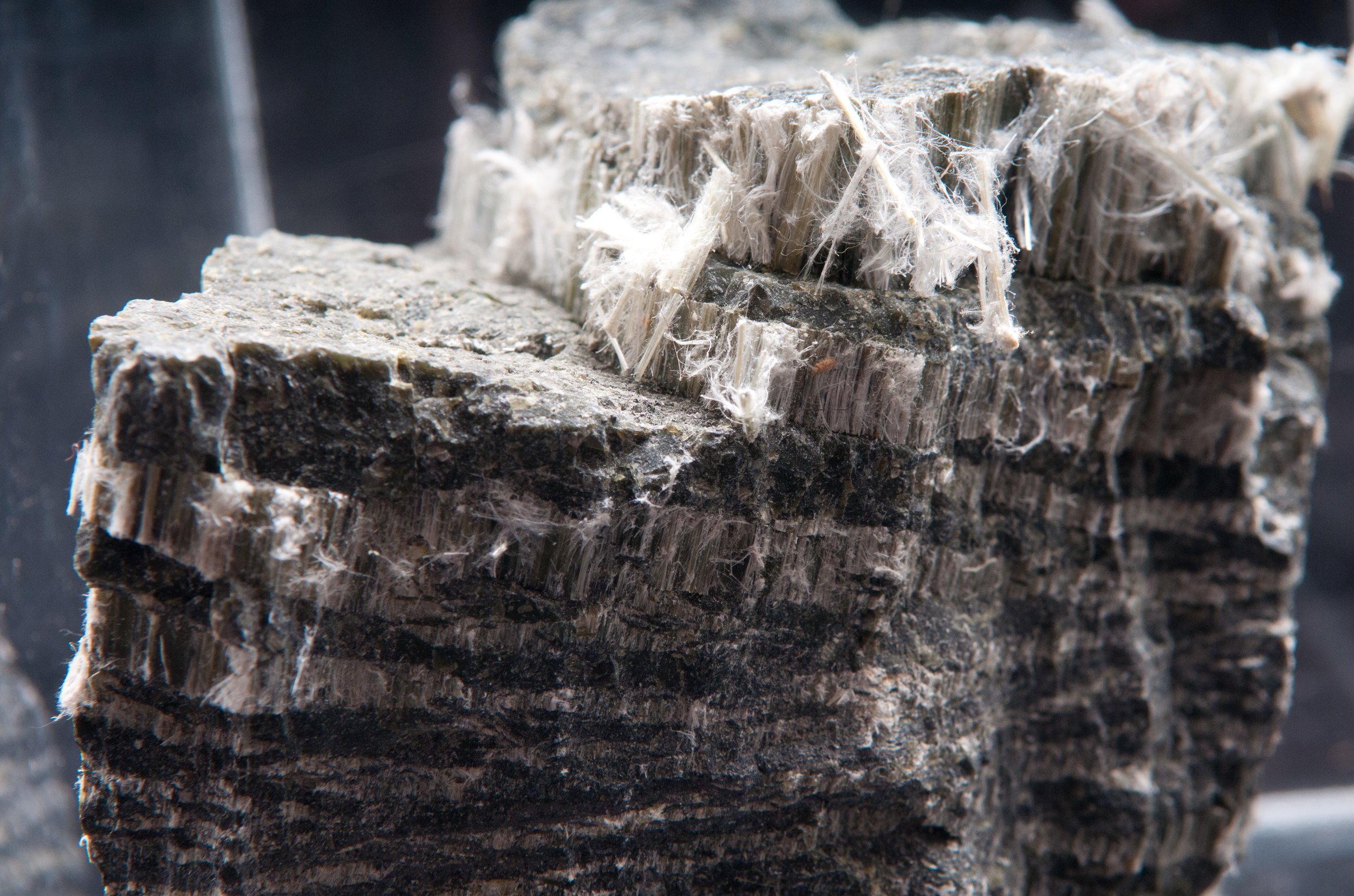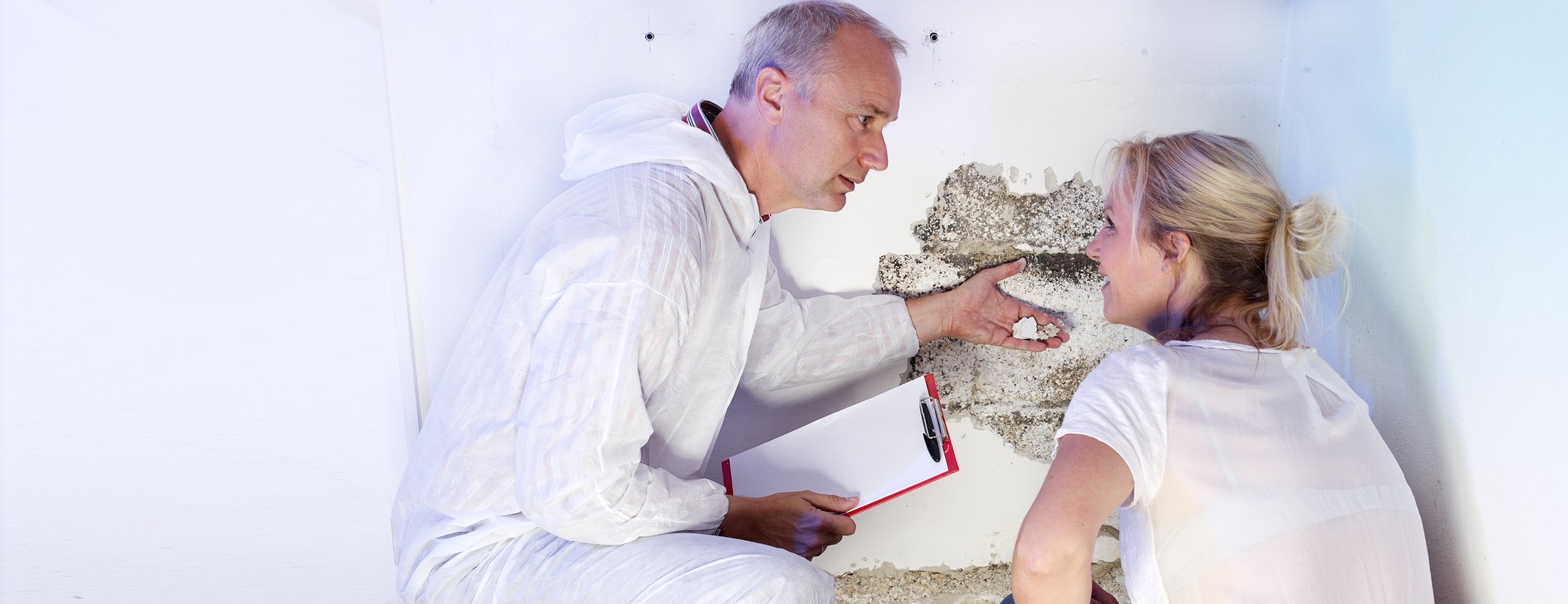
Mold Testing
Molds are part of the natural environment. Outdoor molds play a part in nature by breaking down dead organic matter i.e., fallen leaves, and dead branches. However, Indoor mold growth should be avoided. Molds reproduce by tiny spores; the spores are invisible to the naked eye and float through Outdoor and Indoor air. Mold may begin growing Indoors when mold spores land on surfaces that are wet.

Mold Sampling
Mold does not need a large amount of water to grow. Just a little condensation in a bathroom or around a window sill, can be enough. Common sites for Indoor mold growth include: bathroom tile and grout, basement walls, areas around windows, near leaky water fountains, areas around sinks and toilets. Common sources of water or moisture include roof leaks, condensation due to high humidity or cold spots in a building or home, slow leaks in plumbing fixtures, humidification systems, sprinkler systems, and floods.
Besides moisture, mold needs nutrients to grow. Mold can grow on virtually any organic substance. Most buildings are full of organic materials that mold can use as "food" including: paper, cloth, wood, plant material, and even soil. In most cases, temperature is not an issue; some molds grow in warm areas, while others prefer cool locations such as bread stored in a refrigerator. Often, more than one type of mold can be found growing in the same area, although conditions such as moisture, light, and temperature may favor one species of mold over another.
Mold spores can become airborne and spread throughout a property, leading to potential health issues for occupants. Clearance sampling helps in evaluating the air quality and identifying any remaining mold spores. By conducting air sampling, the presence of mold spores can be detected, and if necessary, additional remediation measures can be taken to ensure clean and healthy indoor air.

Health Effects
Mold can have various health effects on individuals who are exposed to it. The severity of these health effects can vary depending on the type of mold, the duration of exposure, and the individual's sensitivity. Here are some common health effects associated with mold:
1. Allergic Reactions: Mold spores are known allergens and can trigger allergic reactions in susceptible individuals. Symptoms may include sneezing, runny nose, itchy or watery eyes, coughing, wheezing, and skin irritation.
2. Respiratory Issues: Mold exposure can exacerbate respiratory conditions such as asthma and chronic obstructive pulmonary disease (COPD). It can lead to increased coughing, chest tightness, shortness of breath, and respiratory infections.
3. Irritation of the Skin, Eyes, and Throat: Direct contact with mold or inhaling mold spores can cause irritation to the skin, eyes, and throat. This can result in redness, itching, burning sensations, watery eyes, sore throat, and hoarseness.
4. Sinus Infections: Prolonged exposure to mold can contribute to sinus problems and recurrent sinus infections. Symptoms may include facial pain, pressure, congestion, and nasal discharge.
5. Fatigue and Headaches: Some individuals exposed to mold report experiencing fatigue, headaches, difficulty concentrating, and memory problems. These symptoms are often associated with indoor mold exposure.
6. Respiratory Infections: In rare cases, prolonged exposure to certain types of mold, such as Aspergillus or Stachybotrys (black mold), can lead to respiratory infections. These infections may cause more severe symptoms and require medical treatment.
7. Hypersensitivity Pneumonitis: Hypersensitivity pneumonitis is a lung condition caused by the inhalation of mold spores. It can result in flu-like symptoms, such as fever, chills, muscle aches, cough, and shortness of breath.
It's important to note that while mold exposure can cause these health effects, not everyone reacts to mold in the same way. Some individuals may be more sensitive or susceptible to the adverse effects of mold. If you suspect mold in your environment and experience any of these symptoms, it is advisable to consult with a healthcare professional and address the mold issue promptly to minimize health risks.
Call QIC Environmental Service to determine if you have mold growing in you home or business. Our qualified technician will inspect the property to determine if mold growth is present. If necessary, we will take surface samples in addition to air samples to determine the type of microbial growth. All of our samples go through a third-party independent laboratory for analysis.
Mold Inspection & Clearance Services in Mesa, Gilbert, Chandler, and Phoenix
At QIC Environmental Service, we understand the importance of maintaining a healthy indoor environment. Whether you’ve recently experienced water damage or suspect hidden mold, our professional mold inspection and clearance services can help. We proudly serve Mesa, Gilbert, Chandler, Phoenix, Scottsdale, and surrounding areas, offering fast, accurate mold testing for both residential and commercial properties.
Why Choose Our Mold Inspection Services?
• Thorough Mold Testing & Analysis: We inspect every corner of your property, from basements to attics, to detect mold growth.
• Mold Clearance Certification: After remediation, we provide clearance testing to ensure your property is mold-free.
• Local Experts Serving the Valley: Our team is familiar with the unique environmental challenges in Phoenix, Scottsdale, and surrounding areas, helping you stay ahead of potential mold issues.
Signs You May Need a Mold Inspection
If you’ve noticed any of the following, it may be time to schedule a mold inspection:
• Musty odors
• Visible mold spots on walls, ceilings, or floors
• Recent water damage
• Health symptoms like allergies, coughing, or respiratory issues
Serving Mesa, Chandler, Gilbert & Beyond
Whether you’re in Mesa, Gilbert, Chandler, Scottsdale, or Phoenix, our mold inspection and clearance team is here to provide peace of mind. We follow industry best practices to ensure thorough, accurate results.
Contact Us for Mold Testing Today
Protect your property and your health with our trusted mold inspection and clearance services. Call us today to schedule an inspection in Mesa, Phoenix, Chandler, or surrounding areas.
Recent Articles and Insights
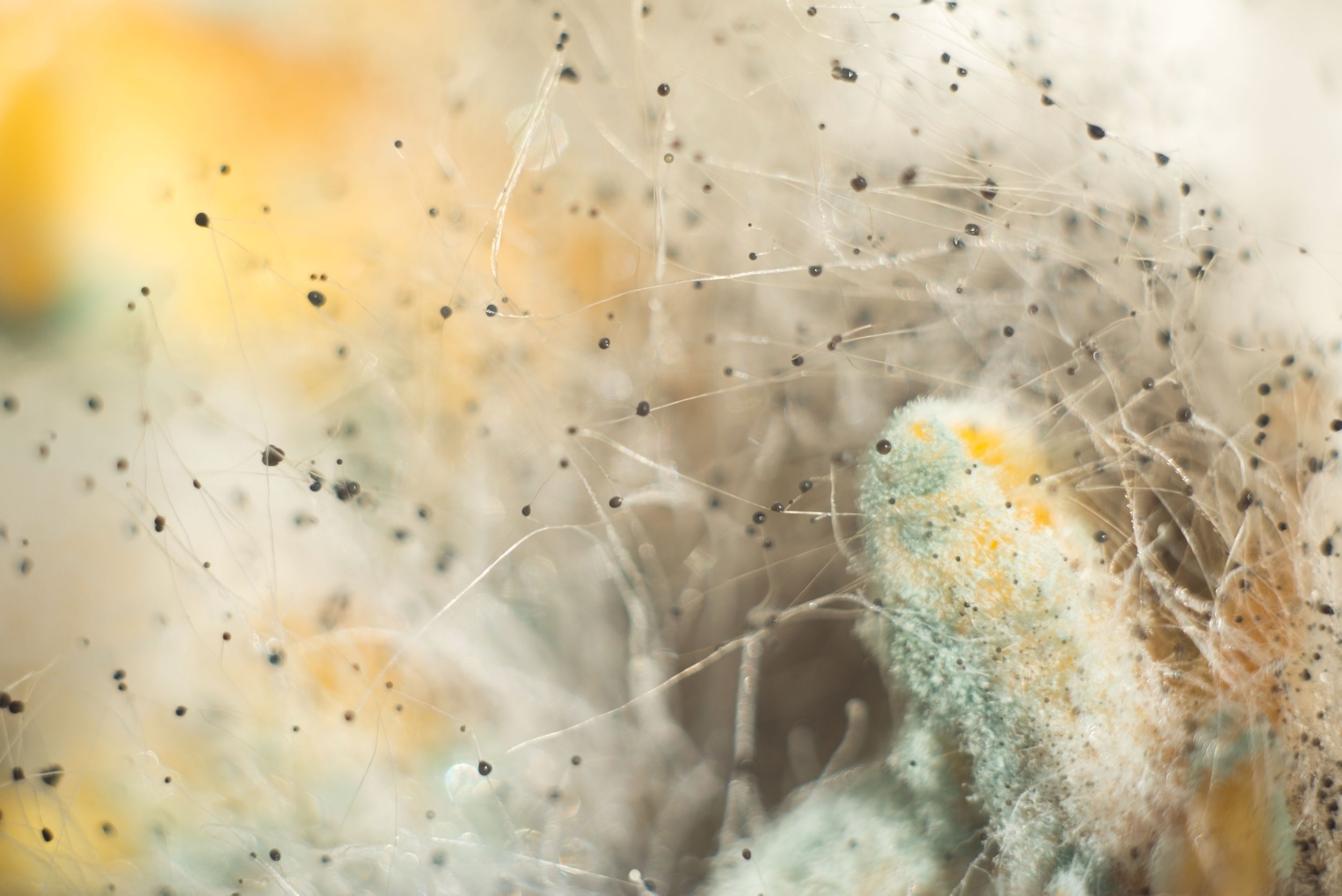
Our Core Services
Asbestos
Asbestos is often used in construction material and for a wide variety of other purposes; if inhaled, this substance can cause a number of severe and potentially lethal pulmonary conditions, including Mesothelioma.
Mold
Mold reproduce by tiny spores; the spores are invisible to the naked eye and float through outdoor and indoor air. QIC Environmental Service can assist with determining your indoor home and/or commercial air quality.
Lead-Based Paint
Lead is a naturally occurring element. Lead can be found in all parts of our environment – the air, the soil, the water, and even inside our homes. Our exposure comes from industrial facilities, and past use of lead-based paint in homes.
Phase 1 and Phase 2 assessments
Phase 1 and Phase 2 Environmental Site Assessments provides you with the expertise, regulatory compliance, thoroughness, customized approach, advanced techniques, comprehensive reporting, cost and time efficiency, and a trusted partner for your environmental assessment needs..






